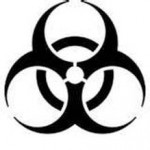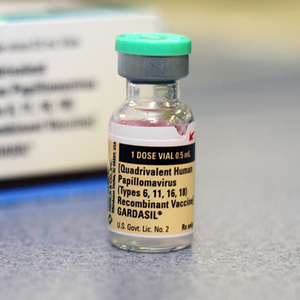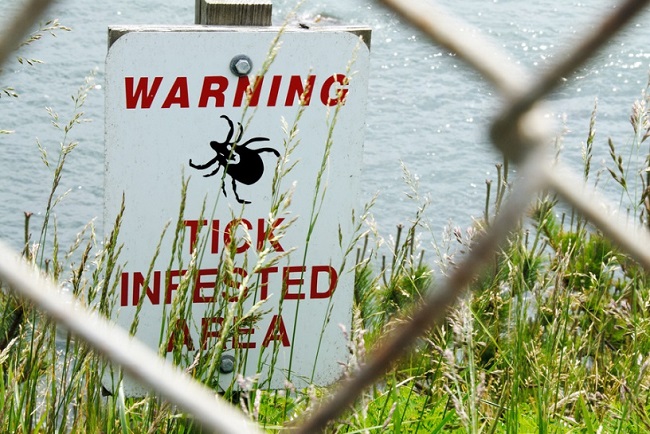Environmental toxins are everywhere. Not a day goes by that some report doesn’t warn us about this pesticide or that plastic or the host of toxic chemicals floating in the atmosphere. One has to wonder how we survive the toxic soup that has become our environment; but somehow we do – well, mostly. The rate of cancers, immune, endocrine and a myriad of other diseases are on the rise. Though experts argue about direct links between specific chemicals and diseases (correlation does not equal causation), no one can argue that bathing in a chemical cocktail is healthy. Yet that is exactly what we do and when we become pregnant so do our babies.
As part of the National Health and Nutritional Examination Survey (NHANES), 163 toxic chemicals from 12 chemical classes were measured from the blood, urine and serum of a representative group of 268 pregnant women. The results were not good. Researchers found widespread exposure to many toxic chemicals. Exposure to several classes of toxic chemicals were detected in 99–100% of the pregnant women tested including:
- Polychlorinated biphenyls (PCBs) – are used as coolants and lubricants in electrical systems. Though no longer produced in the US, PCBs are still present in the environment, mostly in contaminated streams and rivers. Eating contaminated food (fish, meat or dairy) is the primary source of exposure. PCBs are also found in old (>30 years) fluorescent lights, refrigerators and TVs. PCBs are carcinogenic and exposure during pregnancy can cause developmental delays in infants and children.
- Organochlorine pesticides – DDT and other pesticides (mosquito control) used in US from 1940-1960s. Many, though not all, are banned in the US. Organochlorines are neurotoxic and cause reproductive failure in animals.
- Perfluorinated compounds (PFCs) – are used to create stain and water resistant fabrics such as StainmasterTM, ScotchgardTM, TeflonTM and represent one of the most pervasively present chemical toxins today. PFCs do not appear to break down in the environment – ever, are linked liver and bladder cancer and cross the placental barrier. PFCs are linked to developmental and reproductive toxicity.
- Phenols – are pervasive in the environment, found the resin in plywood, automotive and construction materials, the effluent of oil refineries and in the manufacturing of plastics (bisphenol A – BPA). Phenols are also found in a of medical products such as: mouthwashes, toothache drops, throat lozenges, analgesic rubs, and antiseptic lotions and tobacco. According to the EPA, no human studies have been done to determine the developmental or reproductive affects of phenol exposure, though animal research suggests phenols are weak carcinogens. Research on bisphenol A clearly suggests it is a highly estrogenic endocrine disruptor. Research on a class of phenolic compounds used oil refinery effluent that often leaches into nearby water supplies, reduces thyroid functioning in fish who swim in those streams.
- Polybrominated diphenyl ethers (PBDEs) – are flame retardants that appear to be highly environmentally persistent – they don’t degrade – and have bio-accumulative affects that can be toxic to humans and the environment. PDBEs were only recently phased out of use in 2004. Exposure comes through eating foods grown in contaminated soils. The toxins can cross the placental barrier and are passed through breast milk. Though human research is still limited, PDBEs are thyroid toxic in rodents.
- Phthalates, are pervasive in our environment from vinyls and plastics, to pesticides and solvents. Phthalates are present in most cosmetics and perfumes, though because of a loophole in the regulations phthalates are not often listed in the ingredients. They are also used in the coatings of many medications. Phthalates are endocrine disruptors and can cause congenital abnormalities in offspring of women who have been exposed.
- Polycyclic aromatic hydrocarbons (PAHs) represent a group of over 100 different chemicals emitted when burning coal, oil and gas, garbage, tobacco and even charbroiled meat. Exposure comes from breathing, except in the case of charbroiled meats. Don’t burn the steak the bar-b-que!
- Perchlorate or rocket fuel disrupts iodide uptake into the thyroid gland.
Though individually and with high enough exposure any one of these chemicals can have serious reproductive consequences. It is unclear, however, what chronic, lower level exposure to multiple chemicals would do, and yet that is exactly what most women face. How many products from the above list have you been exposed to? Chances are, most of them.














Thank you for this incredible post! I will be sure to share on our social networks. Hormones do matter, and at such low doses. The fact that we’re exposed to unregulated toxic chemicals is unacceptable. That’s why we’re fighting for Congress to pass the Safe Chemicals Act! If you’re interested in getting more involved, please send me an email at info at saferchemicals.org
Yes, we would be interested in getting involved. We’d love to have more guest posts on these topics.